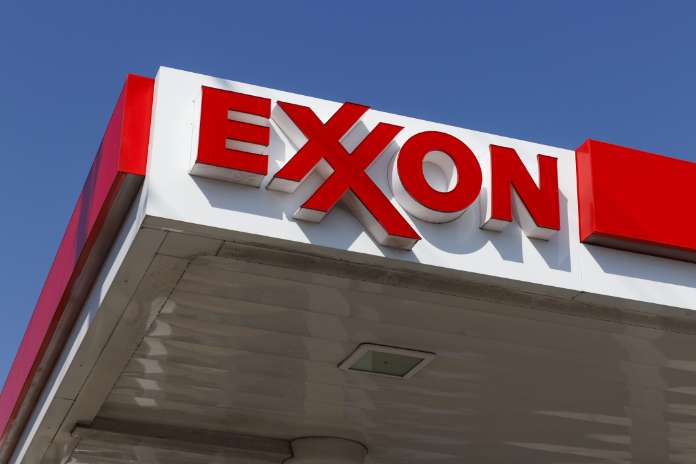On Thursday, Exxon Mobil Corporation (Exxon stock) reached an agreement with Par Pacific Holdings Inc. (PARR) to sell its refinery and related pipeline holdings in Billings, Montana, for a total price of $310 million.
The sale brings to a close the years-long effort by the largest oil company in the United States to further limit the footprint of its refining operations and concentrate production on units located around the Gulf Coast and in the Midwest. In addition to this, it has been selling oil-producing assets in an effort to increase its profits.
According to Karen McKee, who is in charge of the product solutions business at the oil giant, “ExxonMobil is focused on investing in facilities where we can manufacture higher-value products such as lubricants and chemicals.”
Exxon Stock (NYSE:XOM) Price Increased After Investment Announcement
On Friday, the share price reached a high of $106.40 before settling at $105.86, which is higher than the previous record high close, which was reached on June 8 and was $104.59.
The rebound serves as vindication for Chief Executive Darren Woods, who, when oil prices plummeted in 2020, opted to “lean in” to oil investments. The bounce came as a result of his decision. He stated back then that Exxon (NYSE:XOM) would not take part in a “beauty competition” with its competitors who were exploring solar and wind energy.
According to a statement released by Exxon (NYSE:XOM), the transaction for the refinery with a capacity of 63,000 barrels per day is anticipated to be finalized within the second quarter of 2023.
According to persons with knowledge of the subject, Par Pacific was one of many independent refiners interested in purchasing the facility and planning to invest part of this year’s record revenues from refining operations in order to grow its asset base.
In the beginning of this year, profit margins in the United States for the conversion of oil into gasoline, diesel, and jet fuel touched their highest point in five years, which helped to boost the market appeal. The national average price of a gallon of gasoline retailed at $3.84 this week, up from $3.36 a year earlier. This increase can be attributed to an increase in travel as well as a reduction in the number of refineries as a result of pandemic-related shutdowns.
The sale will include Exxon’s investment in the Yellowstone Pipeline and Yellowstone Energy LP, as well as its holdings in goods terminals located in Montana and Washington. Additionally, the transaction will include the Silvertip Pipeline.
According to William Pate, Chief Executive Officer of Par Pacific, “This transaction enhances our fully integrated downstream network in the western United States.”
Since 2013, Par Pacific of Houston has acquired refineries in the state of Hawaii, the state of Wyoming, and the city of Tacoma, Washington.
On Thursday, Par Pacific shares reached $21.62, an increase of 8.7% over their previous close and their best level in over two and a half years.
Moody’s, a credit rating service, stated that the purchase would be beneficial to Par’s credit profile since it would boost size and diversity and would be paid using the company’s current cash.
Par stated that it will pay for the acquisition of Billings using cash on hand in addition to the credit lines that were already in place.
As part of the agreement, Par Pacific will keep delivering fuel to gas stations branded with the Exxon and Mobil names throughout the area.
The 300 people who work at the Billings refinery, including the 150 people who are members of the United Steelworkers union (USW), no longer need to be concerned about the possibility that the plant may be shut down after the sale agreement was announced.
Since 2019, the United States’ refining capacity has decreased by one million barrels per day (bpd), mostly due to the shutdown of plants in response to decreased demand brought on the lockdowns imposed during the COVID-19 pandemic.
Featured Image: Megapixl © Jetcityimage















